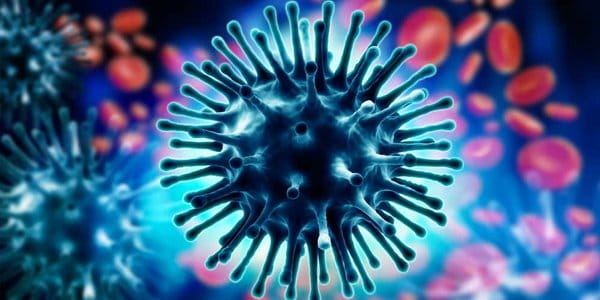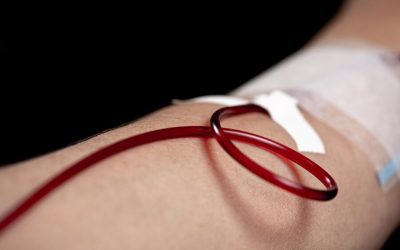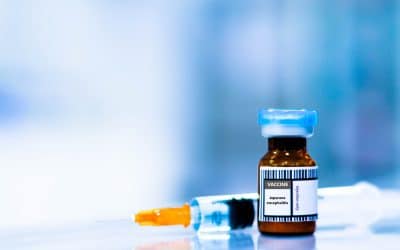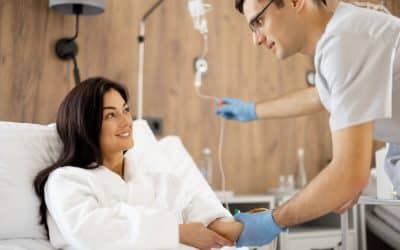With the onset of Autumn it is now time to think about protection from flu this winter.
Each year the flu vaccine changes according to the information obtained from worldwide surveillance as to which strains are felt to be the most likely to cause disease that year. This is why there is a need to revaccinate every year. There are 2 forms of vaccination- a live attenuated nasal spray and an inactivated injection.
The at risk groups of people who are at greater risk from flu infection include:
- Pregnant women
- Those with chronic diseases including lung, heart, liver and kidney disease
- Those who have lowered immunity – due to high dose steroid treatment or cancer treatment
- Those who have had a stroke or TIA ( transient ischaemic attack)
- Those with a neurological condition
- Those who have had a spleen removed
- Those who are significantly overweight
Others who should consider the flu vaccine include:
- All aged over 65
- All those in a nursing or residential home
- The main carer for an older or disabled person
- A household contact of an immunocompromised person
- Frontline health or social care worker
- Children – both at risk and those covered by the school programme
All children aged 2-17 who are not severely immunocompromised can have the live attenuated nasal spray. Those aged between 6 months and 2 have the inactivated injection. The national programme now includes school children in years 1,2 and 3 and this is administered at school. Children in at risk groups who are not included in this will be vaccinated at their NHS GP surgeries.




